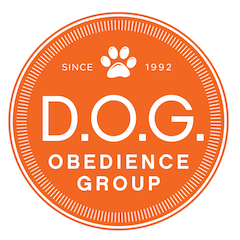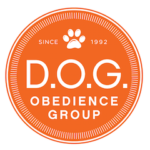
As dog owners, we all want what’s best for our furry companions – to keep them safe, happy, and well-behaved. In the quest for effective training methods, some may consider shock collars as a quick fix for behavior problems. However, beneath their seemingly expedient solution lies a practice that can cause more harm than good. In this blog, we’ll delve into the reasons why shock collars should be avoided in dog training and explore alternative, humane approaches to shaping behavior.
1. Potential for Physical and Psychological Harm:
Shock collars deliver an electric shock to the dog’s neck when triggered by a remote control or automatic sensors. The intensity of the shock can vary, but even low-level shocks can cause distress, pain, and injury to the dog. Beyond the physical harm, the use of shock collars can lead to psychological trauma, eroding the trust between the dog and the owner and causing fear, anxiety, and aggression.
2. Lack of Positive Association:
Effective training relies on positive reinforcement, which involves rewarding desired behaviors to encourage their repetition. Shock collars, however, rely on punishment – the dog learns to avoid the shock rather than understand and willingly comply with commands. This creates a negative association with training and can lead to a breakdown in communication between the dog and the owner.
3. Ineffective in Addressing Underlying Issues:
Shock collars may suppress unwanted behaviors temporarily, but they fail to address the underlying causes of those behaviors. Dogs may become fearful or anxious, leading to new problem behaviors or exacerbating existing ones. Instead of fostering a positive learning experience, shock collars create stress and confusion, hindering the development of a trusting and cooperative relationship between the dog and the owner.
4. Humane Alternatives:
Fortunately, there are plenty of humane alternatives to shock collars that prioritize positive reinforcement and force-free training methods. Reward-based training, clicker training, and behavior modification techniques focus on teaching desired behaviors through praise, treats, and consistent communication. These methods not only foster a stronger bond between the dog and the owner but also promote a positive learning experience for both parties.
Conclusion:
In the journey of dog training, it’s essential to prioritize the well-being and happiness of our canine companions. Shock collars, with their potential for physical and psychological harm, lack of positive association, risk of misuse, and ineffectiveness in addressing underlying issues, should be avoided in favor of humane training methods. By embracing positive reinforcement and patience, we can create a nurturing environment where dogs thrive, behaviors are shaped through trust and cooperation, and the bond between human and canine flourishes. Let’s commit to training our dogs with compassion and understanding, ensuring a lifetime of joyous companionship built on mutual respect and love.

